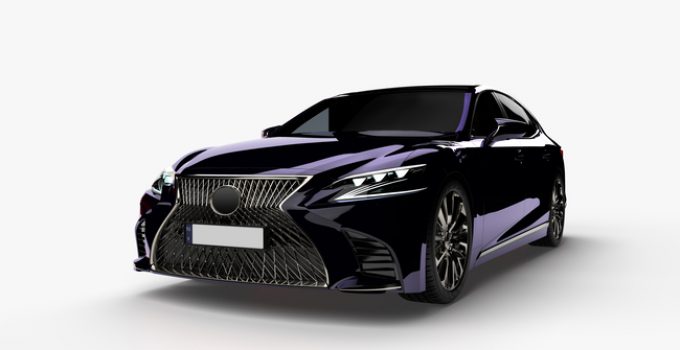
RWD (rear wheel drive) is the universal name for rear wheel drive systems that for all brands of passenger and commercial vehicles. It means that the torque is transferred from the engine to the rear wheels. This type of drive was widely used in the 20th century. RWD is used less and less these days. In general, sports cars with a powerful engine such as the Dodge Challenger and Charger, Chevrolet SS, Chrysler 300, Subaru BRZ, Hyundai Genesis Coupe and Mazda MX-5 are equipped with this type of powertrain.
How rear-wheel drive works
The engine and transmission are in the front on most rear-wheel drive vehicles. The engine torque is transmitted via the cardan shaft to the final drive of the rear axle and from the final drive to the wheel differential. The final drive ensures that the torque delivered by the engine is increased. The latter is distributed between the drive wheels by the differential. The front axle is not coupled to the gearbox.
Other variants are also available. For example, the engine can be located at the front of the vehicle, while the transmission is built into the final drive housing of the rear axle. The torque is transmitted from the engine to the gearbox via the cardan shaft. On some vehicles, the engine is located at the rear along with the final drive and gearbox in the same unit.
Rear wheel drive types and characteristics
| Rear wheel drive layout | Position of the engine | Gearbox position | Advantages | Disadvantages | Rear wheel drive vehicles |
| Front | In front of or above the axle | Front, less often behind |
|
|
Alfa Romeo Stelvio 949, Spider 939; Cadillac CTS A1LL; Chevrolet Corvette C7; Aston Martin Vantage Volante; Audi 100 Coupé S C1 F104 |
| Center | Behind the axle |
|
|
Mazda RX-7 FD; Dodge Viper SRT-10; Daihatsu Hijet S85, S200; BMW Z8 E52; Ferrari 599 GTB Fiorano, Portofino; Lexus LFA; Mercedes-Benz SLR McLaren R199; Lotus Seven | |
| Center | In front of the axle | Back |
|
|
De Tomaso Pantera; Ford GT; Ferrari Enzo; Toyota MR2; Porsche Carrera GT 980, Boxster 987, 981, Cayman 987, 981; Jaguar XJ220 Х27 |
| Rear | Behind the axle |
|
|
Renault Twingo CNO, BCM; Smart Fortwo 451, 453, City Coupe 450; Porsche 911 997; Tesla Model S 5YJS |
